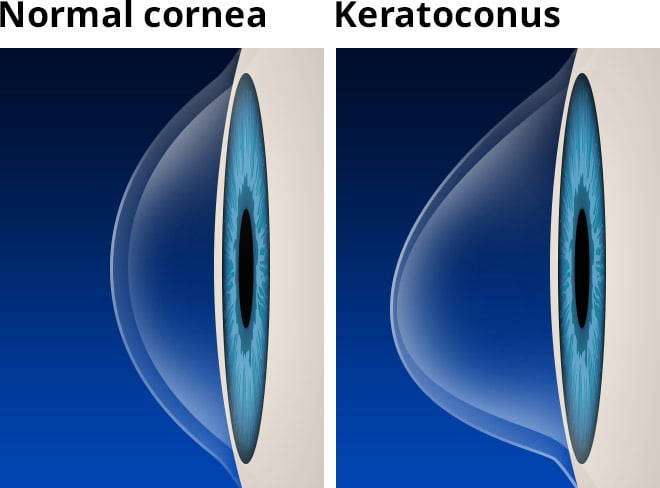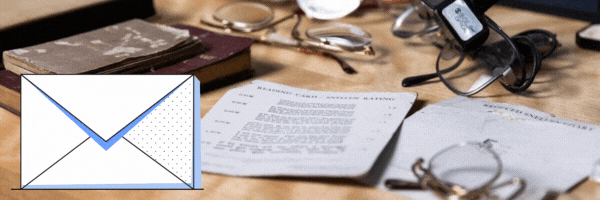Keratoconus
Book consultationWhat is Keratoconus?
Keratoconus is a condition in which the cornea,
the clear tissue in front of the coloured part of the eye, becomes thin and distorted in shape. Keratoconus does not lead to permanent blindness but the corneal distortion will cause a decrease in your vision.
Initially this condition can be treated with spectacles but, as it progresses, contact lenses are the solution. In the earlier stages a custom-made soft contact lens can improve vision, but with greater levels of corneal distortion you may require rigid, hard contact lenses to correct vision effectively.

What Causes Keratoconus?
ooheThere does not appear to be any single cause for keratoconus. Current research has confirmed that allergy and frequent eye rubbing are commonly found among people with keratoconus. Some ophthalmologists are evn saying that, if you want to stop progression of your kertoconus then do not run your eye. Dr Boneham and Charles McMonnies have published research regarding eye rubbing and keratoconus and found that the eye that was rubbed the hardest had the worse keratoconus. If your eyes are itchy, resist the urge to rub them, use cold compresses or come and see us to see what drops may help.
How do I know I have Keratoconus?
A common reason people realise they have keratoconus is that the glasses prescription changes often. The vision with the glasses is often not as clear as it used to be. Keratoconus usually starts in early teens but might not be diagnosed till much later.
The fastest way to diagnose keratoconus is by taking a topography of your cornea which will highlight abnormal shape changes. Earlier diagnosis is important and you may need to be co-managed with an ophthalmologist.
If you have this condition
Come in for a full assessment of your eyes and vision. There are a number of special tests we can perform to determine or confirm if you have keratoconus including computerised corneal topography along with the latest SMap technology that also allows us to measure the shape of the sclera, the white of your eye, to allow more accurate fitting of scleral lenses. This is the most modern and sensitive means of detecting the characteristic corneal shape changes.
We will also measure the thickness of your cornea, which tends to be lower in keratoconus. If keratoconus is confirmed, we will discuss the alternative options so that the best possible management is maintained. If you have any questions we will discuss these with you.



